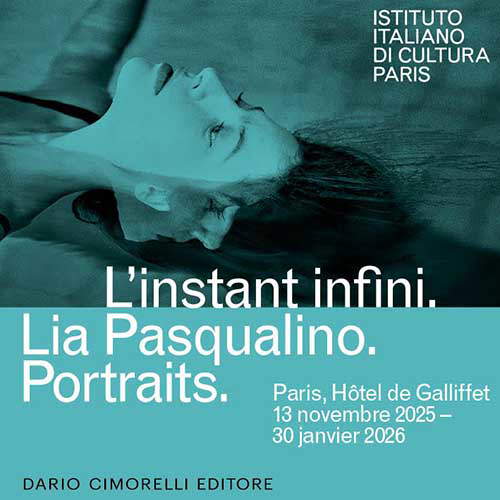
Ferrara, the reopening of the Palazzina di Marfisa d'Este: yet another powerful moment in Italian restoration
Ferrara celebrates a new chapter in its artistic history: the grand reopening of the Palazzina di Marfisa, the Renaissance home of the Este princess, which again marks a powerful moment in Italian restoration.
By Giuseppe Adani | 08/09/2025 12:53
The magnificent Ferrara is being renewed yet again. In the cycle of an exciting energy of recovery and revitalization of its fascinating monuments, it now falls to the jewel of the Palazzina di Marfisa to take the honor of the chronicle and to realign itself in the front row of the Renaissance buildings that make the Este capital a unique and most rewarding destination in the framework of Italian art history.
Marfisa (1554 -1608), a princess in various capacities in the roll of 16th-century nobility, was the daughter of Francesco d'Este, marquis of Massalombarda and brother of the duke of Ferrara Ercole II; she had a younger sister, Bradamante, and both-almost foreshadowing their respective intellectual roles-were given names taken from Matteo Maria Boiardo'sOrlando Innamorato poem, and then replicated by Ariosto. In 1578 their father, a great warrior and most noble prince, died, and they inherited many properties, including the Palazzina, assigned to Marfisa, built around 1559 as part of a vast urban estate. This complex in its time formed a sort of charming island comprising the mansion, the loggia, vast gardens, waters, fountains and fishpond, but also the adjoining Palazzo Bonacossi and the Palazzo di Schifanoia. All together these delightful presences were called "I Casini di San Silvestro," named after a small church that has since disappeared.
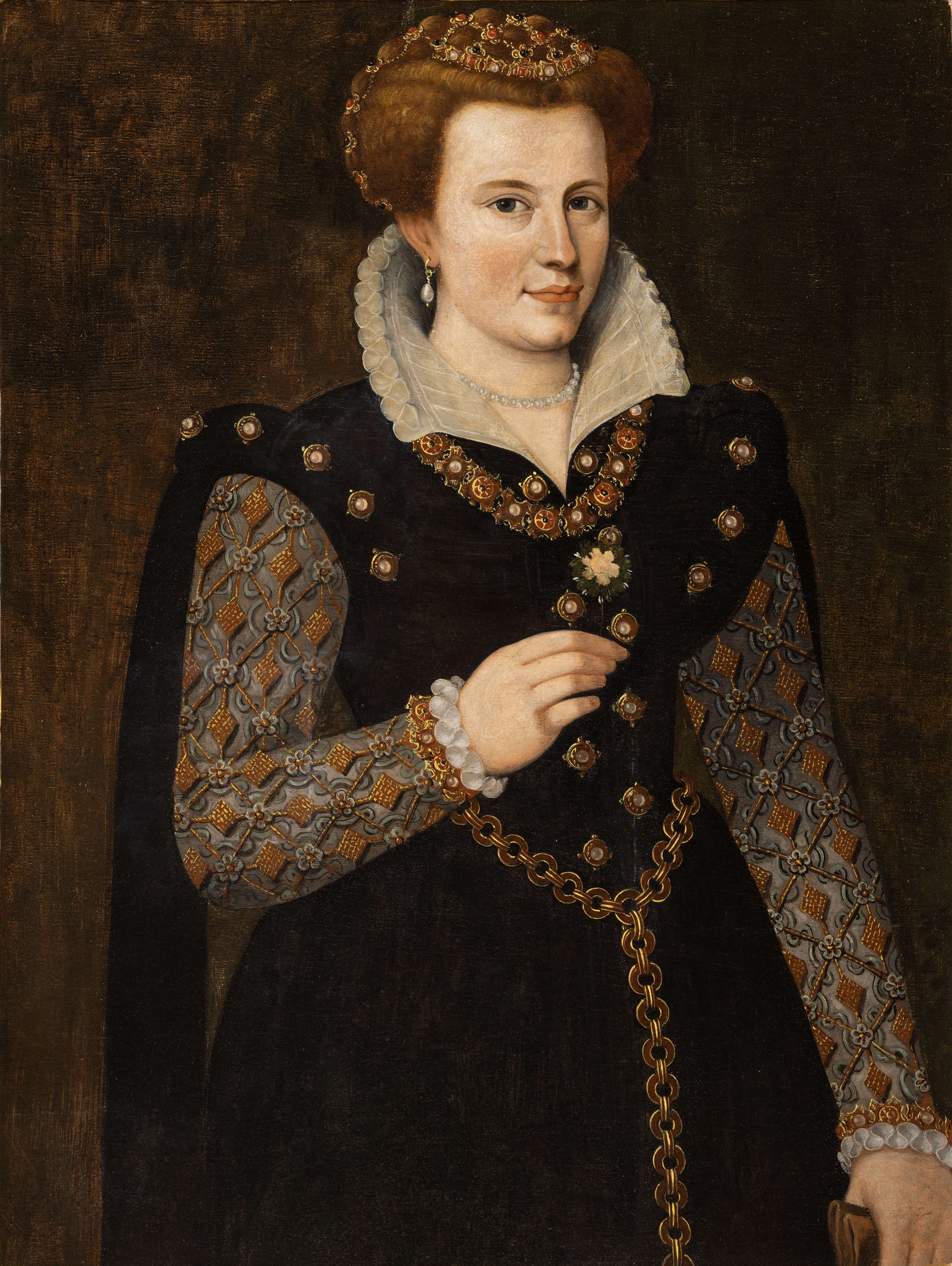
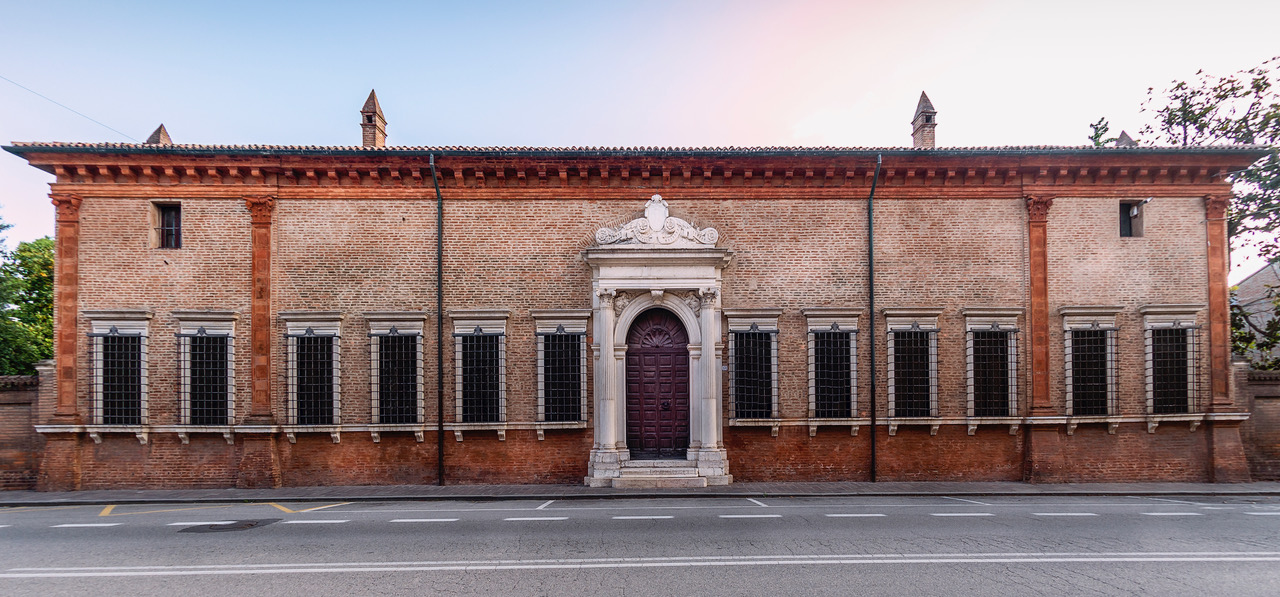
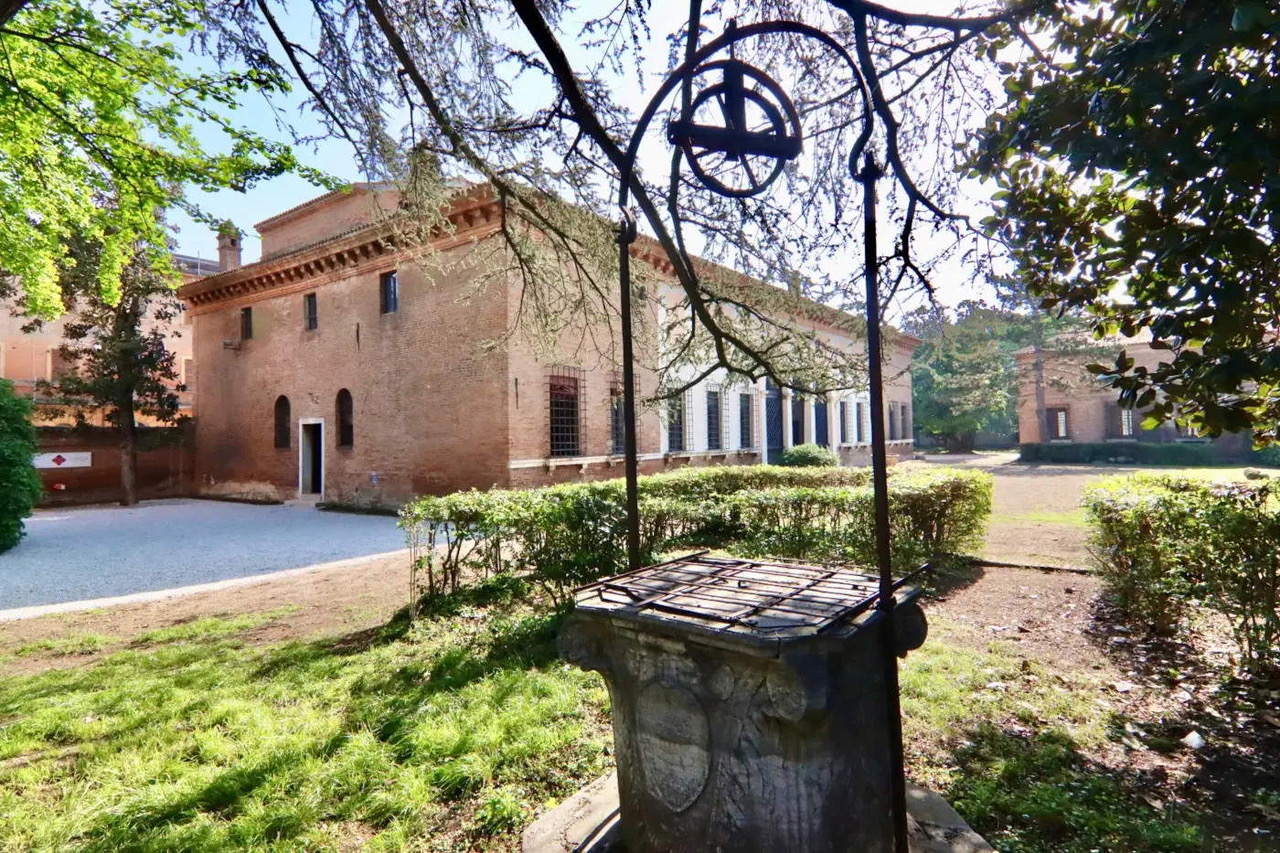

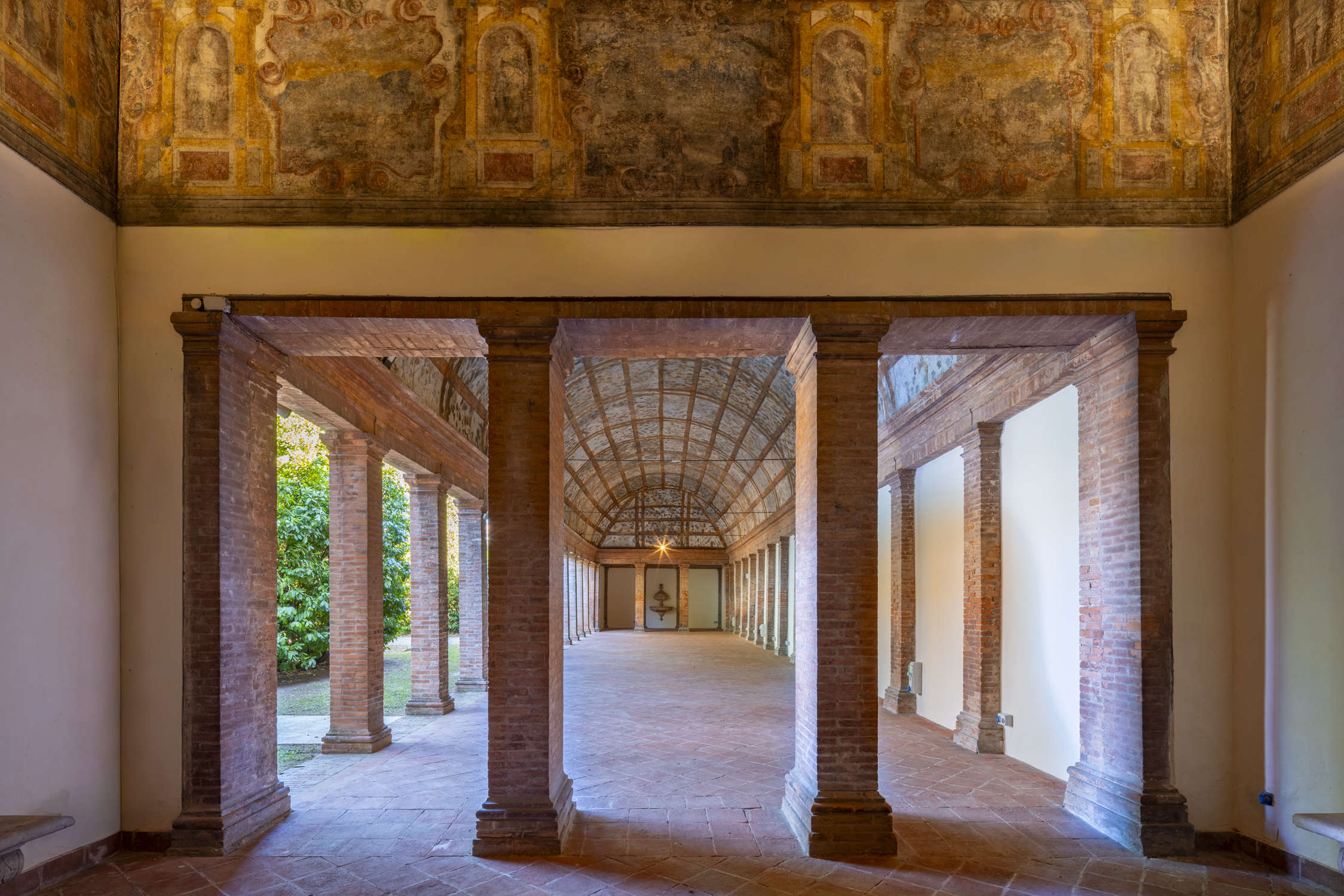
After a very brief first marriage, Marfisa married in 1580 Alderano Cybo Malaspina, titular marquis of Carrara, by whom she had nine children, all born in Ferrara as the noble mother never wanted to leave her city. Our protagonist thus had a very strong character: she devoted herself to an exceptional role in the cultural world of the time with many initiatives of literary, musical and poetic conventions; and holding high the line of Ariosto's enchantments also with trips to Medelana and other delights, and with theatrical performances in her gardens, where she herself acted and danced. She maintained continuous protection for Torquato Tasso, who reciprocated her with laudatory and passionate verses ("La natura v'armò bella guerriera") and did not leave the Palazzina even when papal troops entered for the Devolution in 1598 that marked the end of ducal rule. Marfisa was the only Estense who did not flee her city: she negotiated as equals with the papal legates, being respected and honored. But with her death (1608) and the evanescence of the figure of Bradamante (+ 1624), who was also burdened with twelve children, the Palazzina entered a very long period of neglect, until the twentieth century.
The fact that it had at some point become public property, after several attempts, provoked in 1938 the great and passionate intervention of Nino Barbantini, a famous scholar, who proceeded with stylistic and furnishing restorations according to the temperament of the time, also acquiring particular Renaissance furnishings. These, too, though generous and limpidly recorded by Ranieri Varese in 1980, then experienced a weakening of appeal; just as the thematic exhibitions after World War II failed to restore a life of their own to the interesting mansion.
We are now at the bright revival, marked by the September 5 opening. As of Sept. 6, 2025, the Palazzina, with its Loggia degli Aranci and its gardens will re-present itself to all in unprecedented splendor after the Municipality of Ferrara, with the alliances and lofty consultancies called upon here, conducted every act for a necessary and beautiful restoration. It has provided first of all for structural and earthquake-proof interventions, then for those for the extensive modern installations, for the very careful museum rearrangements that are truly valuable and impressive; and finally for every provision for the disabled and for services. For the whole arrangement to Lucia Angelini goes a general credit of sincere admiration. We will thus see again, in a truly European context, this extraordinary example of a Renaissance residence: mindful of the care of the wise museologist Barbantini, but above all of the original historical role that will make us feel again the presence and the afflatus of the great Marfisa.

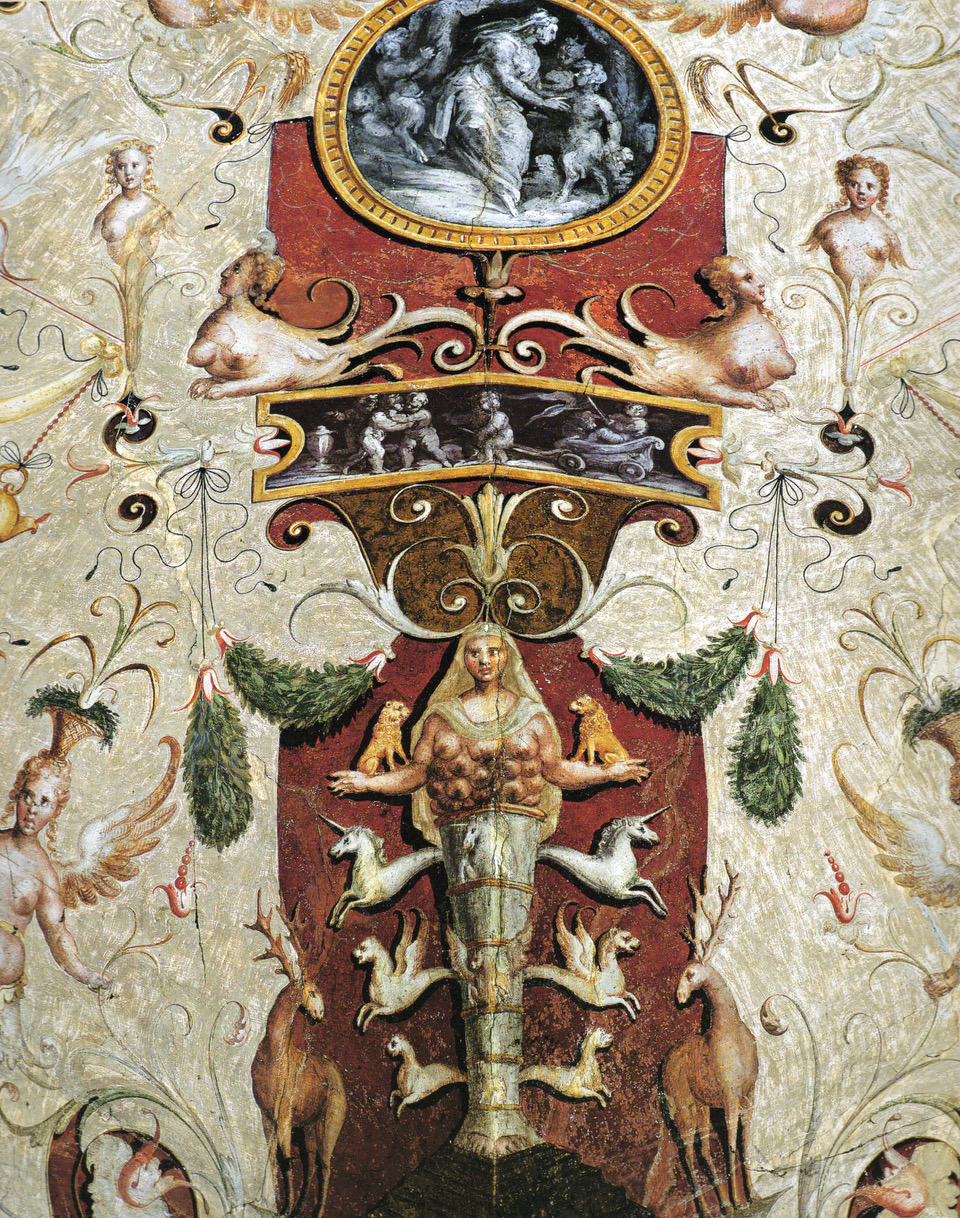
Those calling to this visit of splendor are the happily strong-willed and decisive mayor of Ferrara, Alan Fabbri; the fervent and committed alderman Marco Gulinelli; the Municipality's Monumental Heritage Service, which oversaw the reuse of ancient materials; the Ferrara Arte Foundation led by Pietro Di Natale; the State Superintendency; and BPER Bank for the furnishings and works of art. Rightly, Gulinelli, recalling Marfisa, says that her mansion remains one of the most significant places in the city's memory, and with this project the Palazzina returns to being not only a treasure chest of history, but also a living and welcoming space, returned to the community in all its beauty.
In fact it must be well seen that, on the level of enlightened art tourism, the Palazzina, with the treasures preserved here and its green embrace, today recomposes that fulcrum of particular and very vivid interest of eastern Ferrara "intra moenia" that acts as an evolutionary pivot between the ancient port layout and the new Herculean addition, and offers an extremely precious page of history which also includes the Civic Lapidary, the Schifanoia Palace, the Bonacossi Palace with executive functions, and the church of Santa Maria in Vado: that is, an authentic chapter of urban continuity and artistic experience between antiquity and the Renaissance. Thus Ferrara regains a beautiful page among its beauties, and a visit to the enchanting nest of Marfisa will be as fulfilling as ever in its enveloping interiors and its treasures of sculptures, paintings and furnishings, which - together with the original wall decorations recalled to the sprightly role of magical accompaniment - can surely bring to life an era resonant with the songs and receptions of the Princess, and the stanzas that her Torquato left behind as evidence of a literature that still fascinates us today.
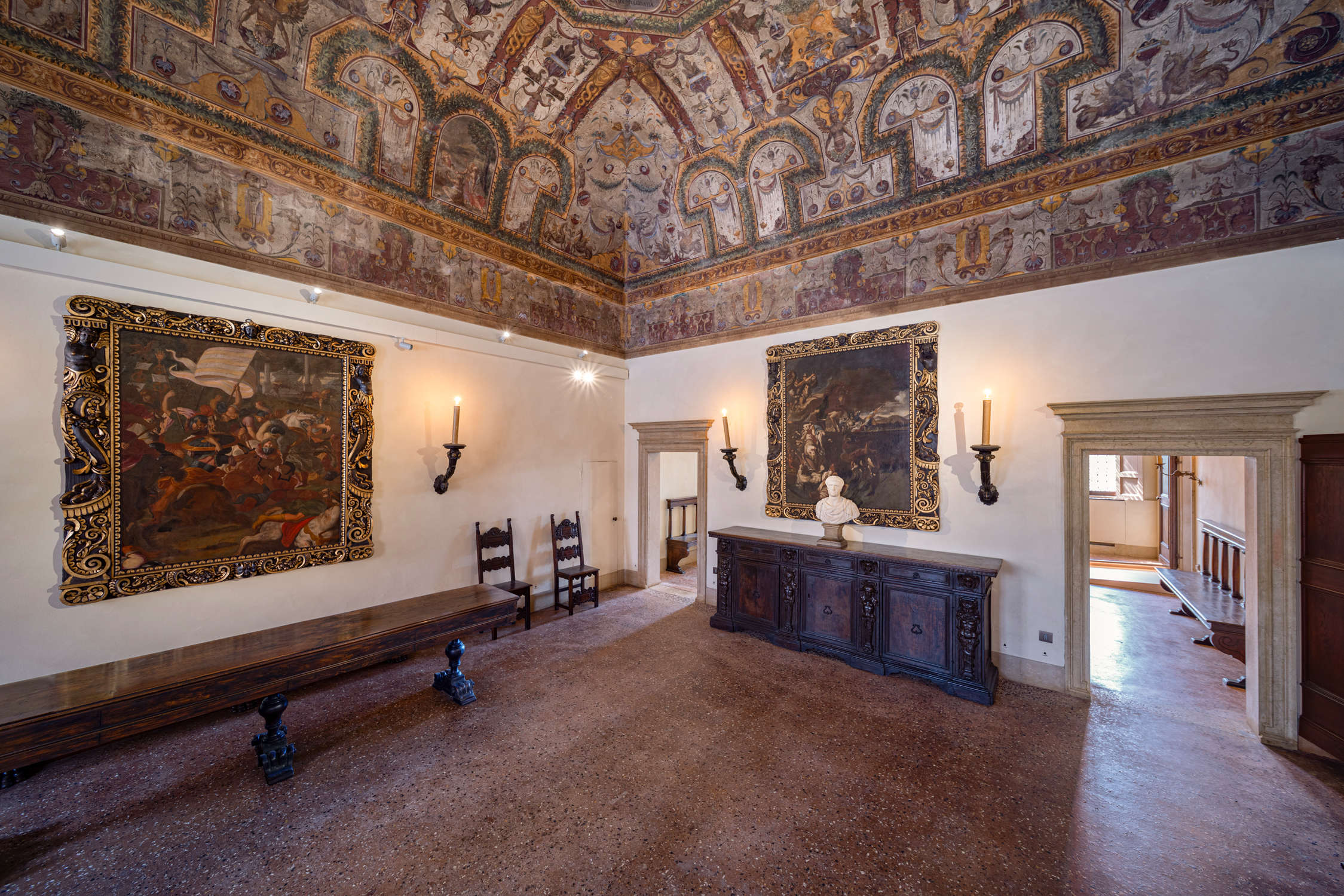

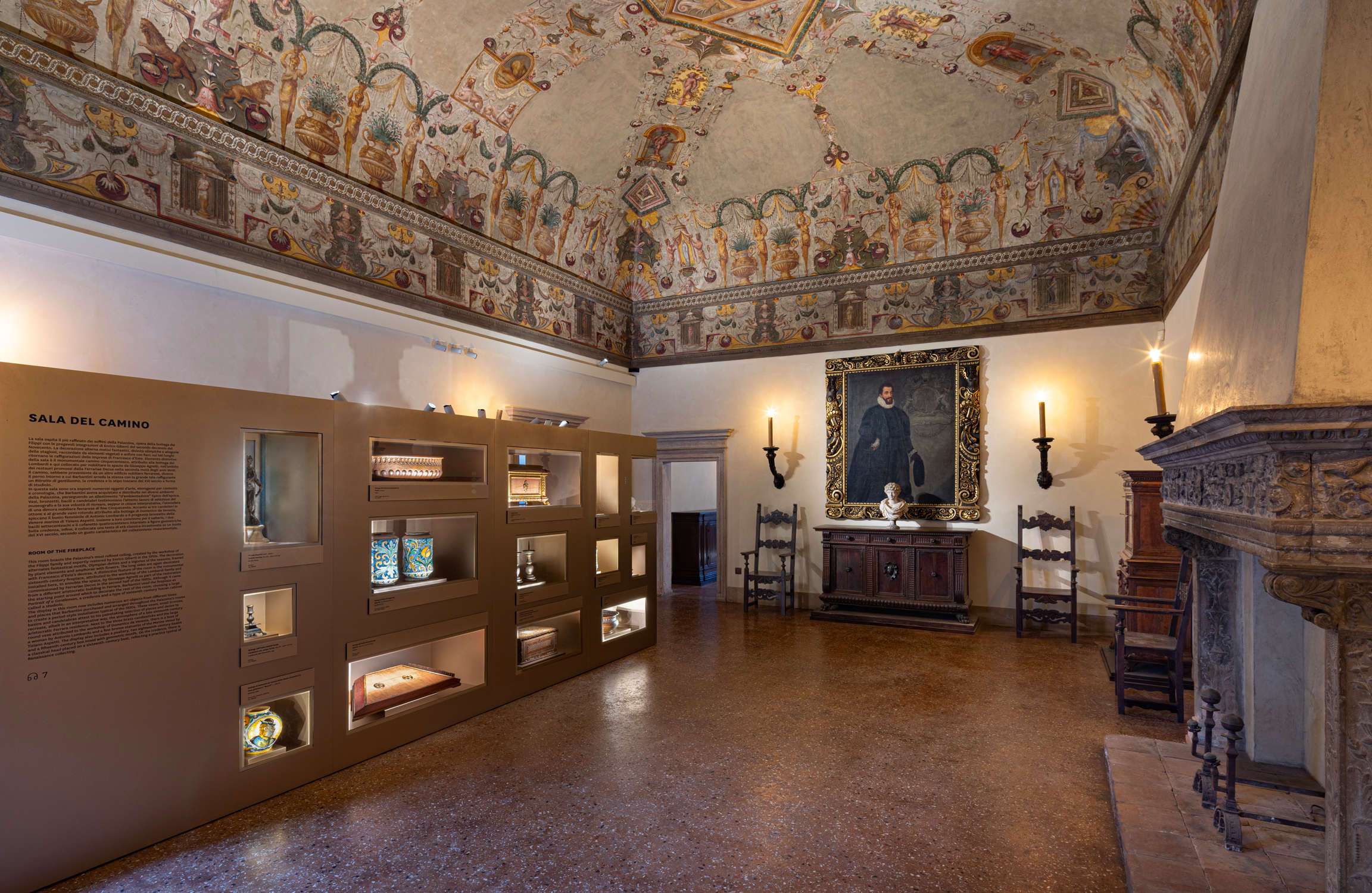
The presentation ceremony was a choral confirmation of the achievement
of this happy recovery, which is now handed over to the community not only of the city but of Italy, and for this reason enters a universal heritage that is offered "in search of an author" when each visitor becomes himself, and truly, the enamored author capable of recreating the life that is declaimed here in a theater of reality, and of grasping above all the enchanting femininity that pervades everything: From the architectural wrapping of the embracing ground-floor dwelling, to the comfortable and communicating interiors, to the lights that guide with ingenious wisdom, to the pictorial and furnishings that transfigure with art the dream of a sweetness that will not let go.
In delivering the welcome news, we do not want to omit a thought of gratitude to all the designers, restorers, workers, and gardeners, who worked with willingness and professionalism on the overall recovery. For the invitations and for the opening ceremony, special thanks to Anja Rossi, her collaborators, and the photographers of the press service of the Municipality of Ferrara.


